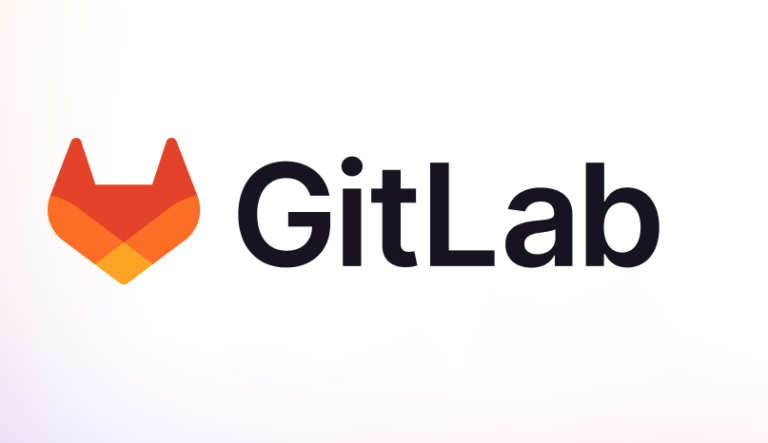In the ever-evolving landscape of software development and version control, GitLab stands out as a powerful tool that enhances collaboration and streamlines workflows. This comprehensive guide will delve into how GitLa’b is revolutionizing the development process, offering insights into its features, benefits, and how it integrates seamlessly into a modern DevOps pipeline.
What is GitLab?
Introduction to GitLab
GitLab is a robust platform for version control, continuous integration, and collaboration. Founded in 2011, it provides a comprehensive suite of tools that support the entire software development lifecycle. From planning and development to deployment and monitoring, GitLa’b covers all aspects, making it a one-stop solution for teams.
Core Features of GitLab
- Version Control: GitLab uses Git for version control, allowing teams to track changes, collaborate, and maintain code integrity.
- Continuous Integration/Continuous Deployment (CI/CD): Automates the testing and deployment process, ensuring that changes are quickly and reliably integrated into the product.
- Project Management: Offers tools for issue tracking, milestone planning, and agile project management.
- Code Review and Collaboration: Facilitates code reviews and discussions through merge requests and comments.
- Monitoring and Security: Provides monitoring tools and security features to safeguard applications and ensure performance.
Why Choose GitLab?
Unified Platform
GitLab’s biggest advantage is its unified platform. Unlike traditional setups where you might use multiple tools for different tasks, GitLa’b consolidates everything into one interface. This integration simplifies processes and reduces the need for context switching.
Flexibility and Customization
GitLa’b is highly customizable. Users can tailor workflows, CI/CD pipelines, and dashboards to fit their specific needs. This flexibility ensures that teams can optimize their processes and improve efficiency.
Open Source and Community-Driven
As an open-source project, GitLab benefits from contributions from a vast community of developers. This collaborative approach ensures that GitLa’b evolves rapidly, incorporating new features and improvements based on user feedback.
Setting Up GitLab
Installation Options
GitLab offers several installation options, including:
- GitLab.com: The hosted service provided by GitLa’b Inc., which eliminates the need for self-hosting and maintenance.
- Self-Managed GitLa’b: For organizations that prefer to host GitLab on their own infrastructure, either on-premises or in the cloud.
Getting Started with GitLab
- Create an Account: Sign up for a GitLa’b account at GitLab.com or set up a self-managed instance.
- Create a Project: Start by creating a new project where you will store your code and manage your development processes.
- Configure CI/CD: Set up your CI/CD pipelines to automate testing and deployment.
- Invite Collaborators: Add team members to your project and assign roles and permissions.
Leveraging GitLab for Effective Collaboration
Merge Requests and Code Reviews
Merge requests are a cornerstone of collaboration in GitLa’b. They allow team members to review and discuss code changes before they are merged into the main codebase. This process helps maintain code quality and encourages peer feedback.
Issue Tracking and Agile Planning
GitLab’s issue tracking system integrates with project management tools to help teams plan and manage their work. You can create issues, assign them to team members, and track progress through boards and milestones.
GitLab CI/CD: Automating Your Workflow
Introduction to CI/CD
Continuous Integration (CI) and Continuous Deployment (CD) are practices that automate the process of integrating code changes and deploying them to production. GitLab’s CI/CD tools streamline this process, reducing manual effort and minimizing errors.
Setting Up CI/CD Pipelines
- Define Your Pipeline: Create a .GitLa’b -ci.yml file in your project’s repository to define the stages and jobs in your pipeline.
- Configure Runners: Set up GitLa’b Runners to execute the jobs defined in your pipeline.
- Monitor Pipeline Status: Track the status of your pipelines through the GitLa’b interface and receive notifications on build results.
GitLab Security and Monitoring
Security Features
GitLa’b offers a range of security features, including:
- Static and Dynamic Application Security Testing (SAST/DAST): Automatically scan code for vulnerabilities.
- Dependency Scanning: Identify vulnerabilities in third-party dependencies.
- Container Scanning: Scan Docker images for security issues.
Monitoring and Performance
GitLa’b includes tools for monitoring application performance and tracking metrics. Integrate monitoring solutions like Prometheus to keep an eye on system health and performance.
Best Practices for Using GitLa’b
Optimize Your Workflow
- Use Branching Strategies: Implement strategies like Git Flow or GitHub Flow to manage feature development and releases.
- Automate Tests: Leverage CI/CD to automate tests and ensure code quality.
- Regularly Update Dependencies: Keep your dependencies up-to-date to avoid security vulnerabilities.
Engage with the Community
Participate in GitLab forums, attend meetups, and contribute to the open-source project to stay informed about new features and best practices.
Conclusion
GitLab is a powerful and versatile platform that can transform how development teams work together. Its comprehensive suite of tools, combined with its flexibility and open-source nature, makes it an ideal choice for managing the software development lifecycle. Whether you are a small team or a large organization, GitLa’b provides the tools and features needed to enhance collaboration, automate workflows, and ensure the security and performance of your applications.
FAQs
What is the difference between GitLab.com and self-managed GitLab?
GitLab.com is a hosted service provided by GitLa’b , Inc., while self-managed GitLa’b is installed and maintained on your own infrastructure. The choice depends on your organization’s needs for control and customization.
How do I set up a CI/CD pipeline in GitLab?
To set up a CI/CD pipeline, create a .GitLa’b-ci.yml file in your repository, define your pipeline stages and jobs, and configure GitLa’b Runners to execute the jobs.
Can I use GitLab for open-source projects?
Yes, GitLa’b is a popular choice for open-source projects, offering both public repositories on GitLab.com and self-managed options for more control.
What are GitLab Runners?
GitLa’b Runners are agents that run the jobs defined in your CI/CD pipelines. They can be hosted on your own servers or use GitLab’s shared runners.
How can I integrate GitLab with other tools?
GitLa’b supports integration with various tools and services, including issue trackers, chat applications, and monitoring solutions. Check GitLab’s documentation for specific integration instructions.

